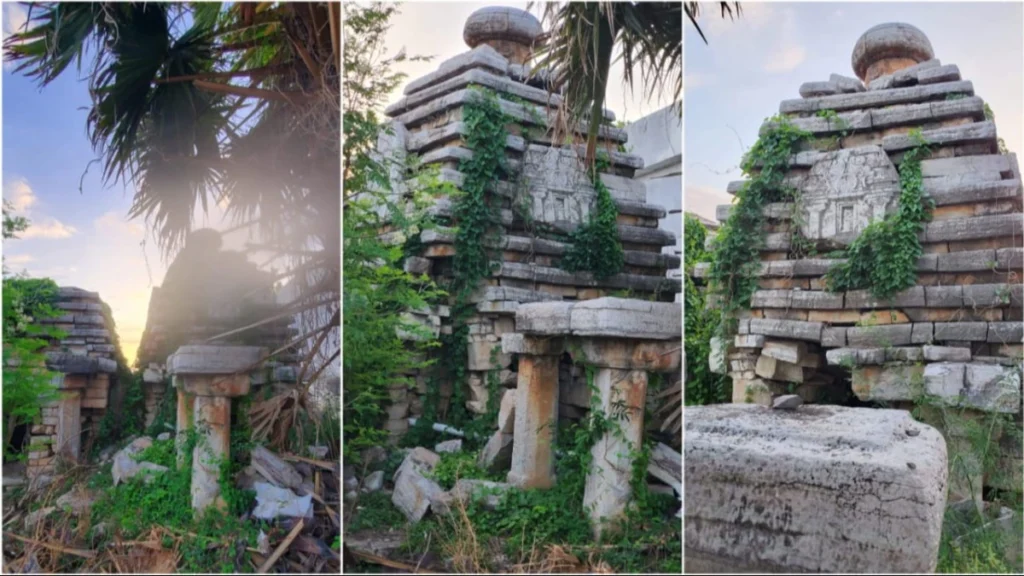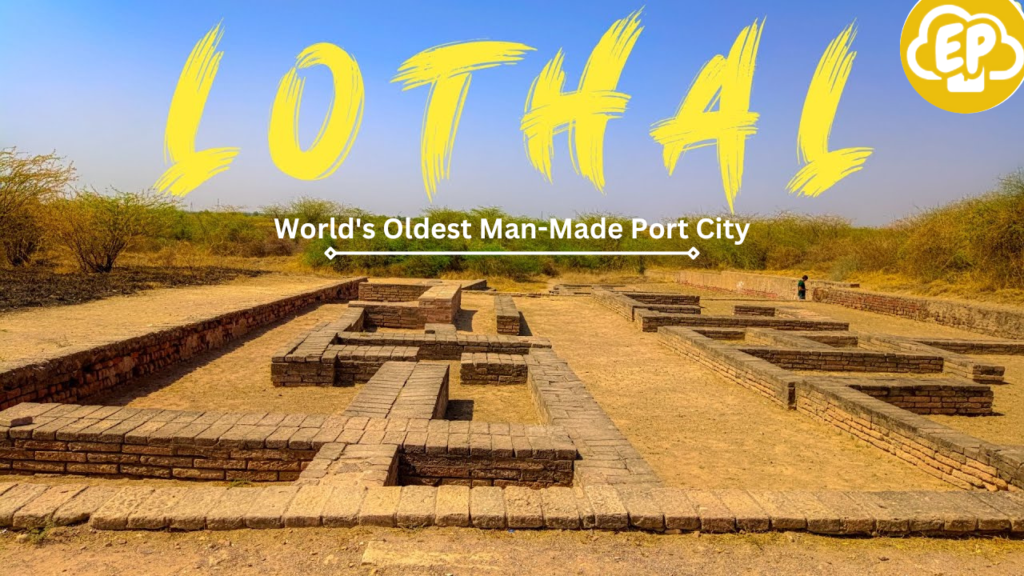Posted inBlog Historical Sites
Serpant Maze: Indian Symbol of Complexity and Challenge |
The Veerabhadreshwara Temple in Keladi, Karnataka, is a striking example of India's rich cultural and architectural heritage. This temple is particularly renowned for its intricate stone-carved maze, known locally as the Nagamandala, located within the ceilings of the Navaranga Mantapa. Constructed during the 16th century by the Nayaka chiefs, the temple stands as a testament to the architectural brilliance and artistic dexterity of the period.










